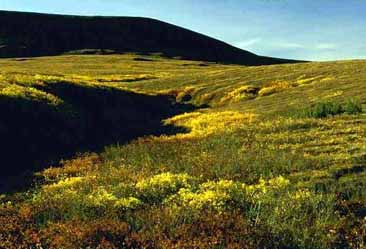Table of Contents
*
We Are Not Alone
*
Research Paper II: Occupational Osteoarthritis
*
Who is an ISDI "Member"
*
Northern Inuits (sic), Again!
*
High Arctic Mushing: Part IV
*
The Inuit Dog: Its Provenance, Environment and History
*
Preserving "Bear" Dogs
*
Janice Howls: Extinction
*
IMHO: Little Minds, Little Worlds
*
Index of The Fan Hitch, Volume IV
Navigating This
Site
Index of articles by subject
Index
of back issues by volume number
Search The
Fan Hitch
Articles
to download and print
Ordering
Ken MacRury's Thesis
Our
comprehensive list of resources
Talk
to The Fan
Hitch
The Fan Hitch
home page
ISDI
home page
Editor: Sue Hamilton
Webmaster: Mark Hamilton
Contents of The Fan Hitch Website and its publications are protected by international copyright laws. No photo, drawing or text may be reproduced in any form without written consent. Webmasters please note: written consent is necessary before linking this site to yours! Please forward requests to Sue Hamilton, 55 Town Line Rd., Harwinton, Connecticut 06791, USA or mail@thefanhitch.org

Corel photo
IMHO: Little Minds, Little Worlds
by Mark Hamilton
The other day I found myself thinking about fields, meadows and parking lots. Of course the connection here is pretty obvious, lots of fields and meadows end up as parking lots these days. So it's not like I was thinking about a really odd combination, say, soda straws and thin film resister networks.
The thing is, for me at least, fields, meadows and parking lots are also a good metaphor for how many people choose to deal with the world and reality. Their preference is to live in a "parking lot" world they've created in their minds rather than the real world.
Now, parking lots are kind of comfortable and reassuring, probably because they're so understandable; you know where to park because someone has painted lines on them to show you; you can see at night because they've put lights in them as well. The surface is smooth (except for the speed bumps) and solid so you won't get stuck. There are drains in them so you won't have to step out into a puddle. You even have the option of parking in a space close to the store you're going to visit, so that you don't have to spend a lot of time outside in the sun/rain/snow.
Fields and meadows are quite different from the parking lots that are often built on them. Instead of smooth pavement the ground conforms to the more random dictates of nature: shaped by gravity, wind and water. There often are wet spots, streams or water channels. High grasses may obscure much of the view, as well there are rocks, tree stumps, animal burrows. Details, there are a lot more details in a field or meadow. This results in those fields and meadows being far more complex than any parking lot. Of course you first need to observe all those "details" and intellectually process them before you are actually able to deal with them.
Life is a lot like those fields and meadows, and all its "details" make up the rich texture that separates reality from fiction. It may be tempting to select the security of a "parking lot" world, but it's not life. It's not reality.
Ok, for those of you who have been patiently waiting for this piece to get even remotely doggie, here we go! In my humble opinion, the road to ruination for any breed in large measure lies in breeders having a "parking lot" vision of that breed. To test my hypothesis choose any one of the working or sporting breeds. Now, compare that breed's written standard of the "ideal" specimen to any of the dogs that actually perform their breed's original function. How about it? Does the breed standard "miss the forest" by concentrating on just some of the trees? Does the phrase, "That dog won't hunt" carry some added meaning here?
For a change I'm not blaming any of the all breed kennel clubs here (surprise!). They didn't write those lousy standards. But unfortunately, it is exactly those standards that someone newly involved with the breed will turn to, and to which future generations will hold. That is the reality that must be anticipated. After all, a novice's perception naturally will be that everyone already involved with the breed created that document. Therefore, it must express everything those people felt was important about the breed. The problem, as I see it, is that those breed standards have always acted to limit the range of expression within a breed, creating another parking lot where once a fine meadow existed. Need a little proof? How many of the people you know involved in breeding/showing are following a line breeding/inbreeding regimen to "set type" in a breed that has already existed for hundreds, or even thousands, of years?
So here we are, standing at a cross-road of sorts. Fields and meadows to one side, a parking lot on the other. Where are we headed? Does anybody care?